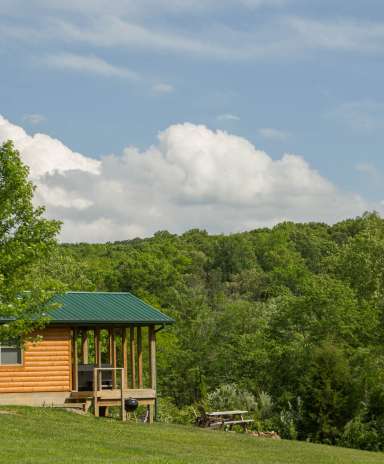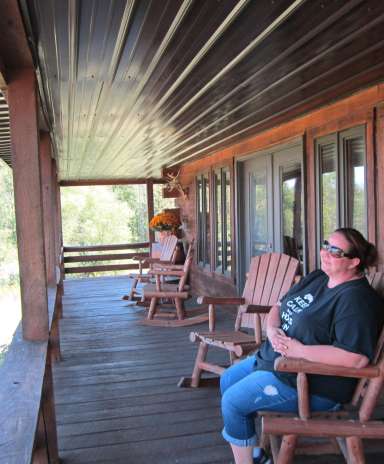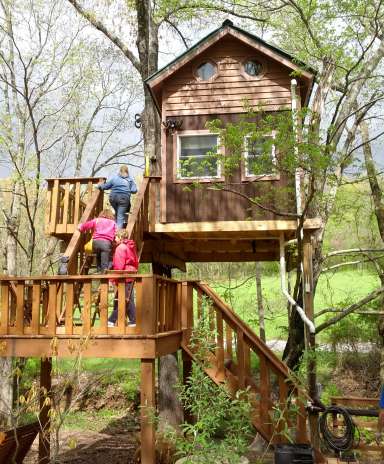These views are more than 300 million years in the making. Now, they’re just waiting for you to visit.
Take a trip to Shawnee National Forest’s Garden of the Gods Wilderness and experience some of the most breathtaking natural scenery in the Midwest.

The Garden of the Gods is the poster child for extraordinary outdoor experiences. Great sandstone formations sitting high above the wilderness make you feel like you really are up there looking down on earth from the heavens.
But it’s more than just a photo opportunity. Visiting the Garden, you feel like you’re tapping into something much more ancient. The bluffs and formations started life some 300 million years ago, and evidence of their long history is etched all over their surfaces.

While the Garden’s foundations are ancient, the wilderness is surprisingly recent. The area was once tall, dense hardwood forest, but by the early 1900s, it was all farmland.
But by the 1930s, that farmland was no longer viable, due to over-cropping and poor soil maintenance. At the same time on the national stage, people were realizing that deforestation had an impact on the environment. Put the two problems together, and a solution presented itself: reforest the area, and transform it into a National Forest.

Exploring the Garden of the Gods
You can explore the Garden via a network of about 5.5 miles of trails. But if you take just one, make it the Observation Trail, a half-mile flagstone loop. It gives you panoramic views and close-up looks at the area’s best sights.
The River to River Trail and other trails in the area will take you past streams, hardwood forest, rock overhangs and all the other great highlights of forest exploration. Go in fall and you’ll find a kaleidoscope of autumn color. Go in spring and you’ll see bursts of color from bountiful wildflowers.

The Garden of the Gods Bluffs
The bluffs, which drop more than 100 feet away to the forest below, are where you’ll find the Garden’s greatest treasures. Great rock formations with names like Monkey Face, Camel Rock, Mushroom Rock and Anvil Rock. Why? That’s what they look like. One of the great joys of exploring Garden of the Gods is trying to interpret the shapes of the formations and spot the hidden details on the rock surfaces.





